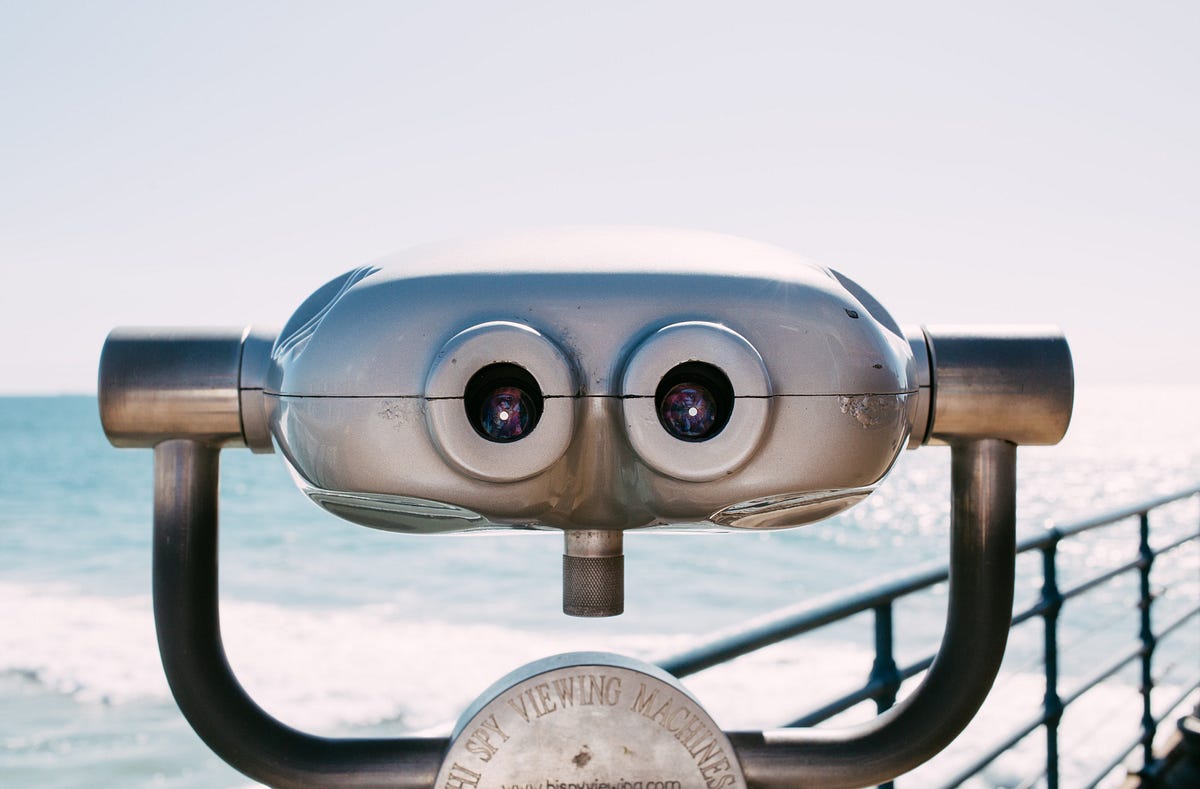This weekend, I ran into an interesting topic. The topic is deep-fakes. There have been many reports about fake videos of popular celebrities or politicians. These manipulated videos are created by manipulating original videos. These fake videos are hard to detect from the naked eyes, and they are becoming an important problem in society.
Social media platforms like Facebook, Twitter, Youtube, etc. are the main distribution channel for these manipulated videos. While these platforms are working on solving this problem, Facebook is making a big investment ($10 million) to tackle this problem, and other platforms like Twitter and Google are also working on solving this problem. These are some more details on Google’s fight against deep-fakes.
In this article, we will discuss how to identify fake from real ones. It includes breaking down videos into a frame, detecting the faces from real and fake videos, crop the faces, and analyzing it. We will be using:
- OpenCV: OpenCV supports a lot of algorithms related to computer vision and machine learning. OpenCV has a python library called “OpenCV-Python.”
- Numpy: It’s used for general representation and manipulation of arrays in python.
- scikit-image: We will be using this tool for operations on facial images.
- Matplotlib: It is used for plotting the detection results (histograms and ROC
- curves, etc.).
#deep-learning #data-science #artificial-neural-network #facedetection #opencv
